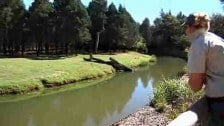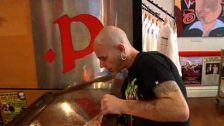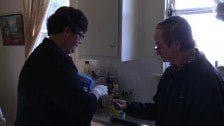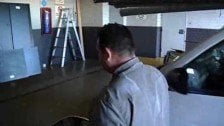Paramedics On Call – Part 3
SkillsOne recently climbed on board an ambulance to see just what's involved with being a paramedic. This is the final part in the series Paramedics On Call. We chatted to Roger Smyth and Lucy Wright, Paramedics.
The paramedics turn on the siren as they rush the patient to hospital. They share the challenges of the job, what personal qualities are needed for the job.
They share the challenges of working with injured people and people who may die. They share that debriefing after a job is essential to the job. Retaining their mental health is very important.
How To Become a Paramedic:
Applying to become a Student Paramedic consists of a written application, psychometric and medical/fitness assessments, driving assessment and a panel interview.
After successfully completing a three year (or equivalent) period of training, study and on-road practical experience Student Paramedics obtained their Diploma in Paramedical Science and are recognised as a qualified Paramedic.
Paramedics assess, treat and stabilise patients at the scene and then continue this en-route during transport to hospital. They have the ability to apply many life saving skills and drug administrations to assist in a wide variety of illnesses and accidental injuries.
After four year’s experience within Ambulance, Paramedics can apply to undertake an advanced diploma to become an Intensive Care Paramedic.
All paramedics are trained and inducted through the Ambulance Education Centre in Rozelle, Sydney. This facility has the capacity to train 150 – 175 staff in various clinical and technical courses at any time and is a Registered Training Organisation with the Vocational Educational and Training Accreditation Boards (VETAB).










